
To celebrate mathematics and its prominence in science and society, the Australian Academy of Science’s National Committee for Mathematical Sciences hosted scienceXart: spot the maths, a photographic competition for school students of all ages. A collaboration with reSolve and supported by the Australian Mathematical Society and the Statistical Society of Australia, this initiative is part of the Academy’s celebration of the International Mathematical Union’s Centennial in 2020.
Open for entries from 28 June to 25 September, the competition engaged students with the mathematical sciences and highlighted the inherent creativity of maths.
We received close to 1000 submissions from students all around Australia. The judging panel and Academy shortlisting team enjoyed the high quality and creative submissions that combined maths and art.
Congratulations to all winners and shortlisted students!
Please see below galleries of the winners and shortlisted entries of each category.
Thank you to all who submitted to scienceXart!
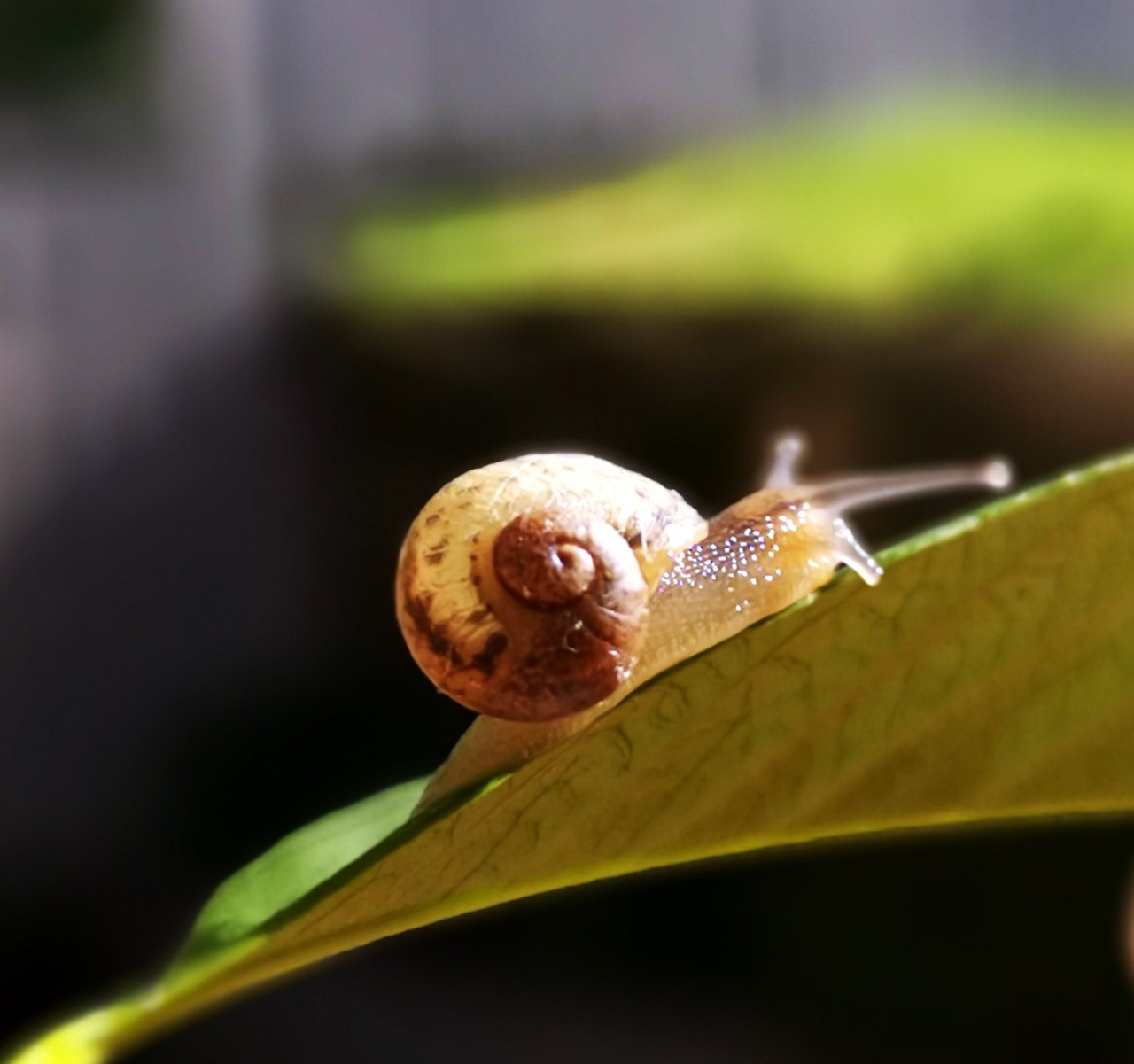
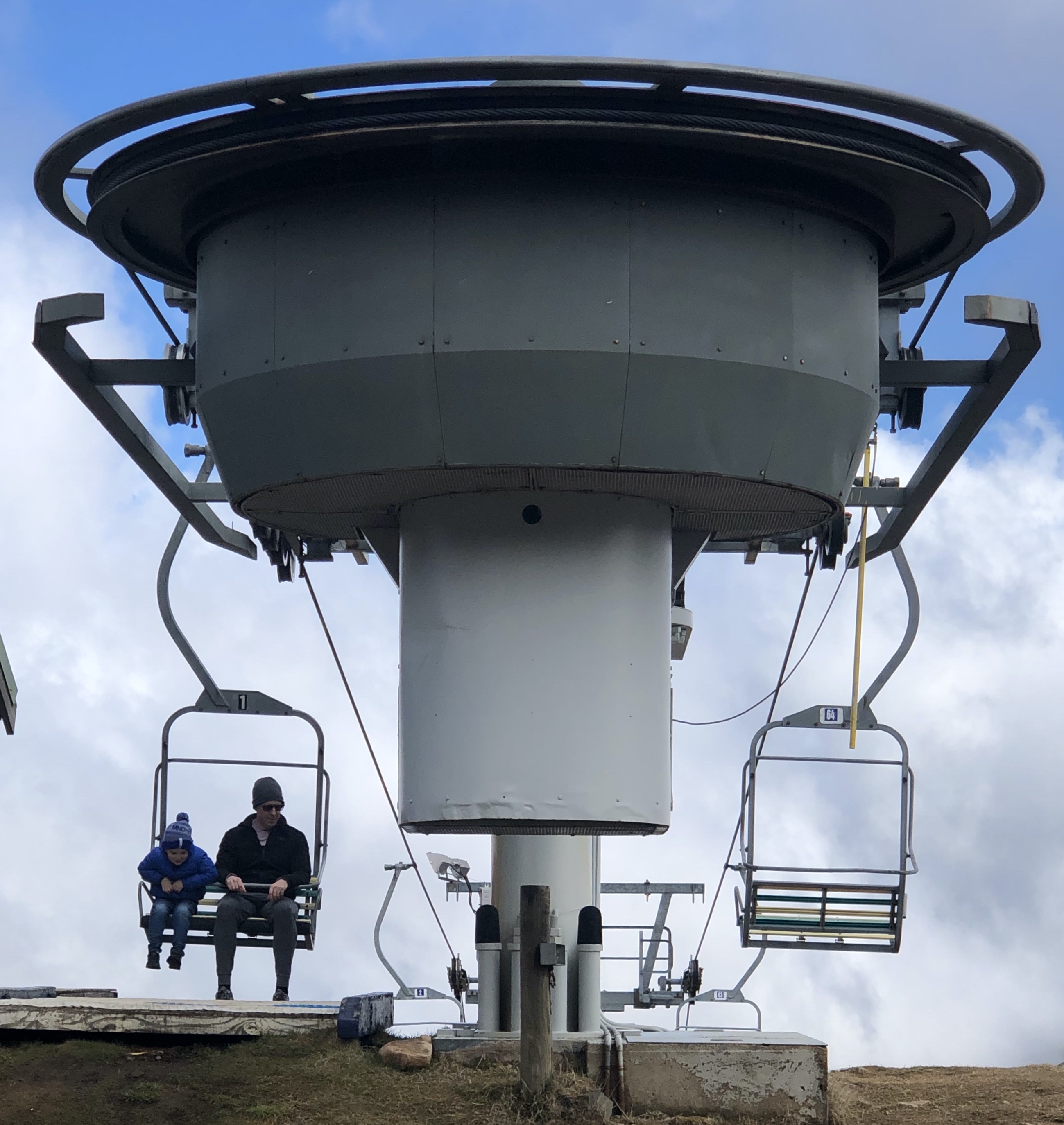

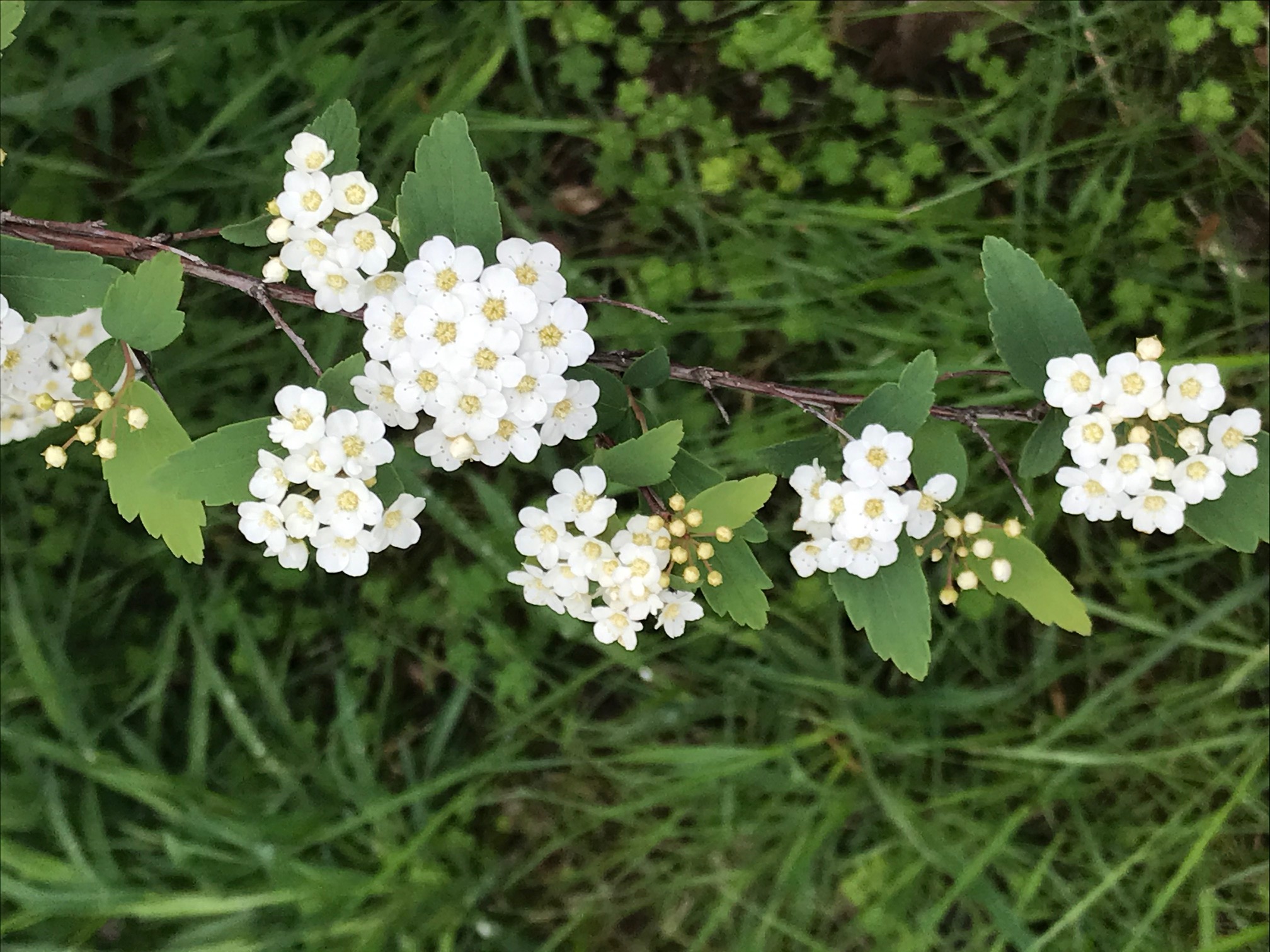

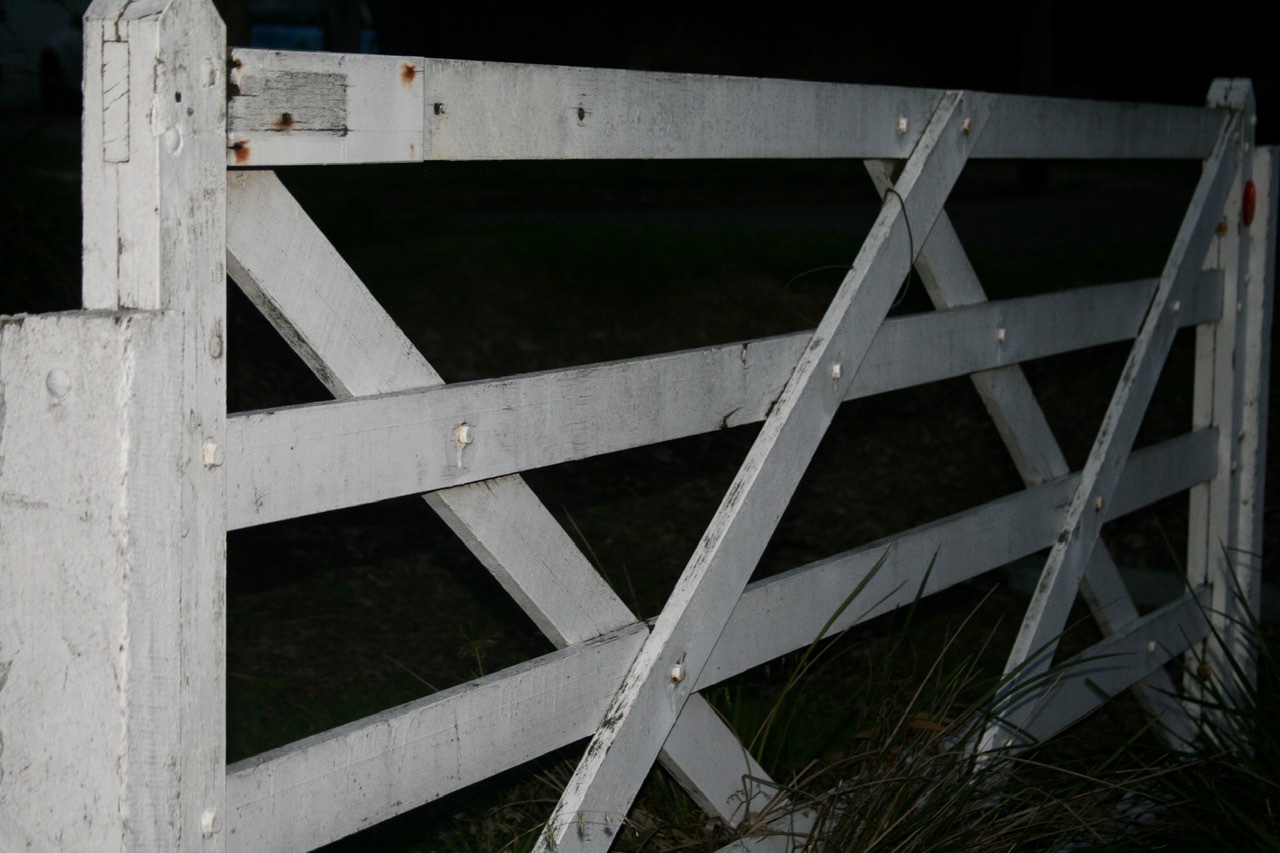
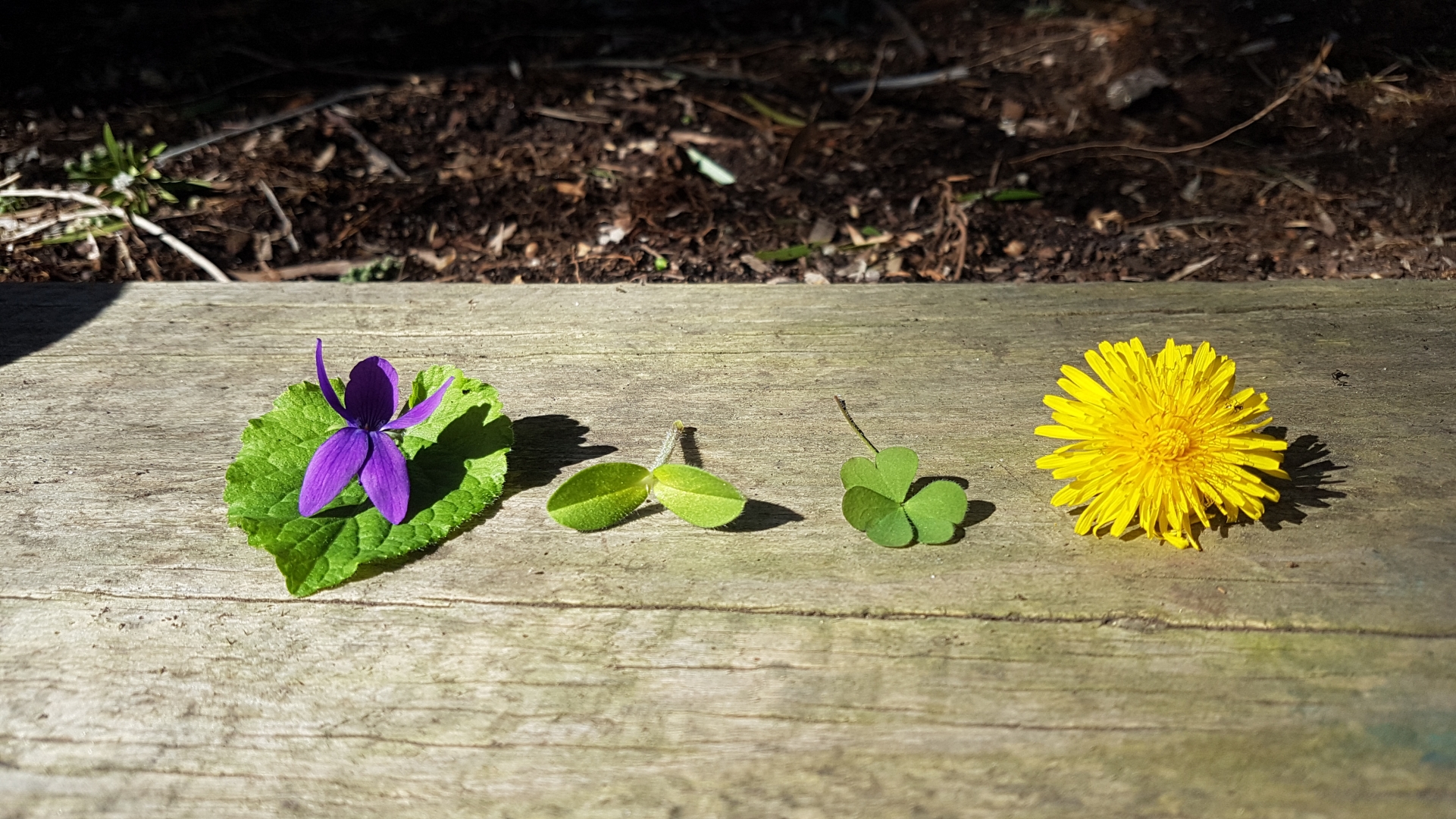
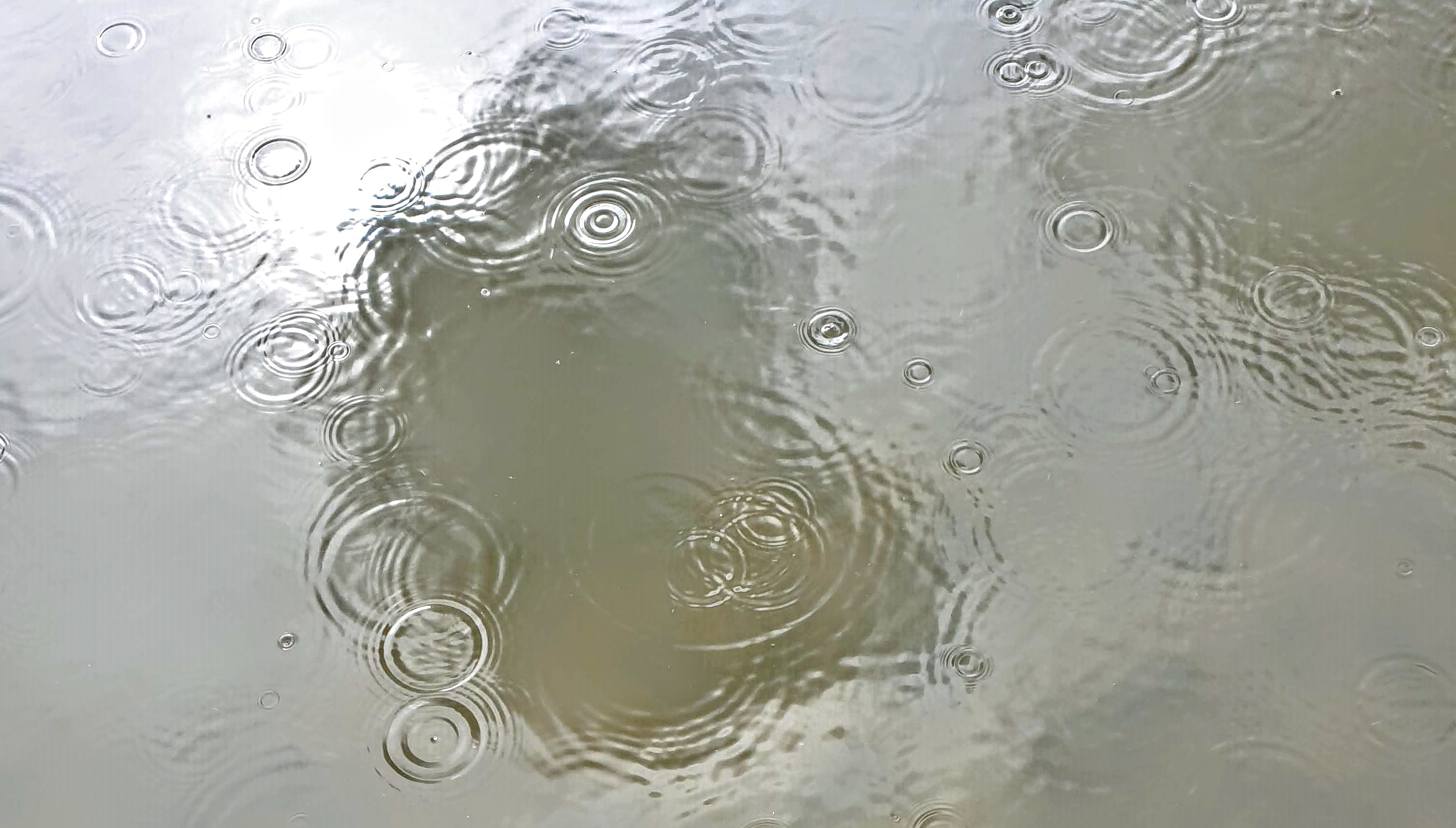
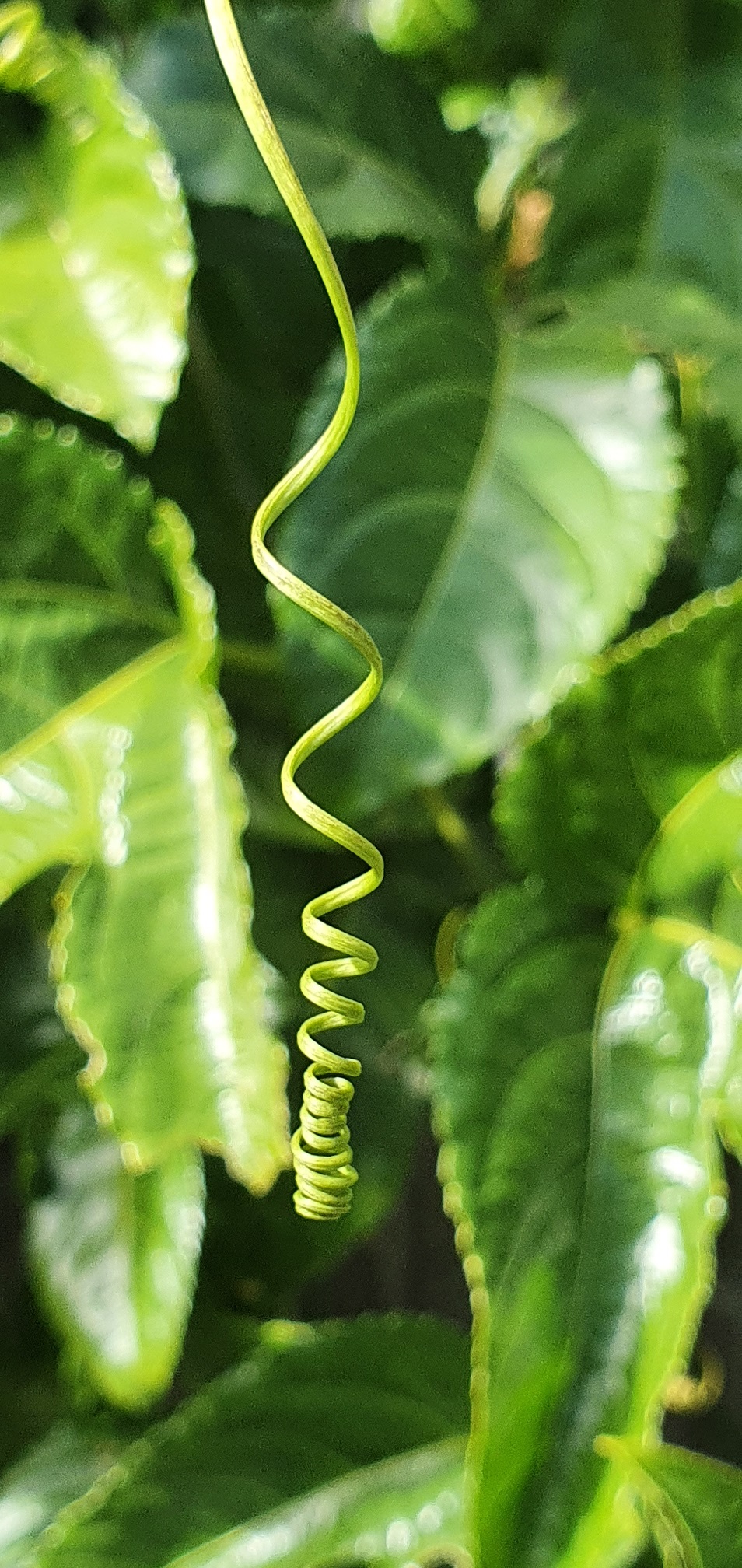

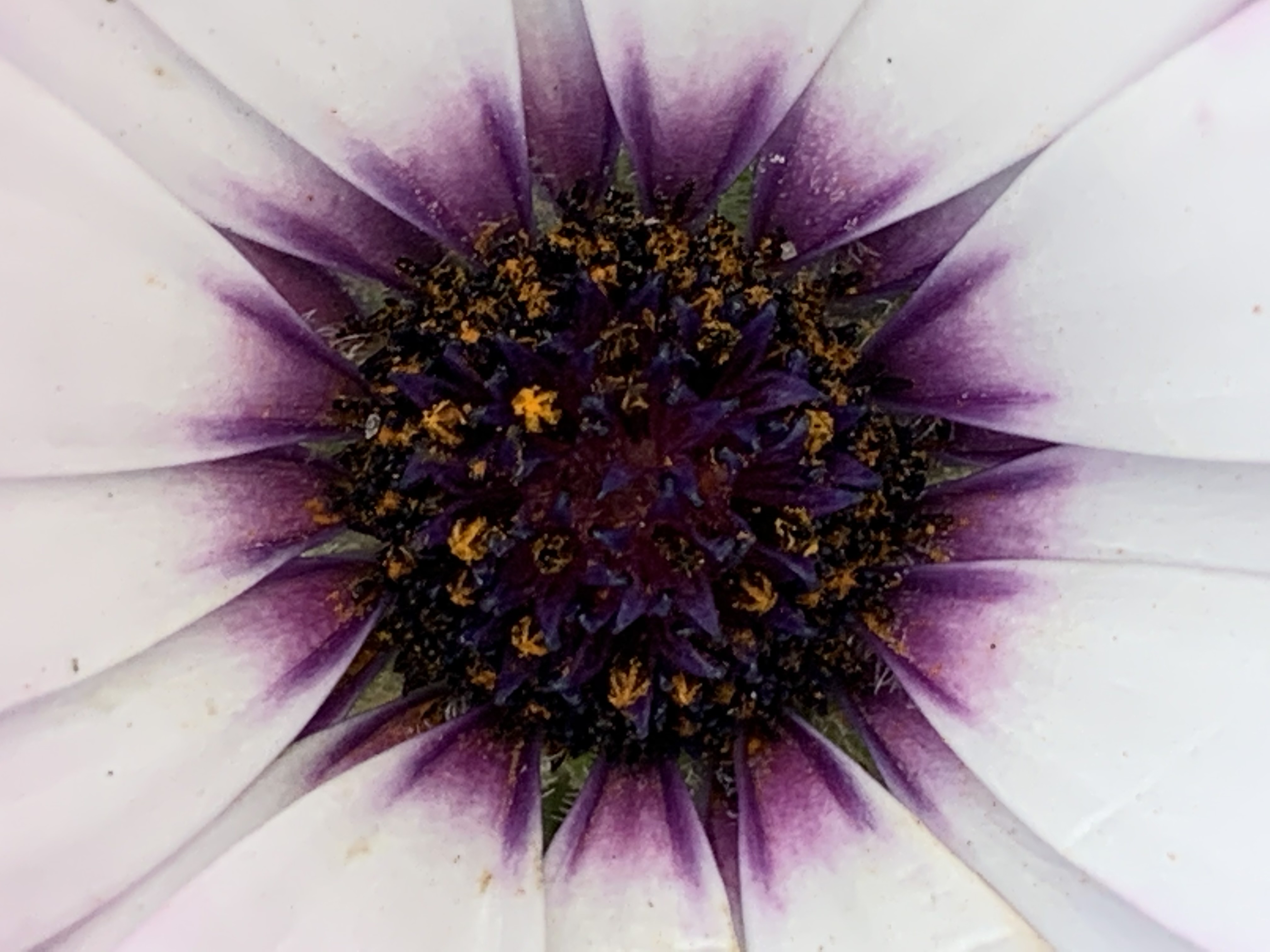
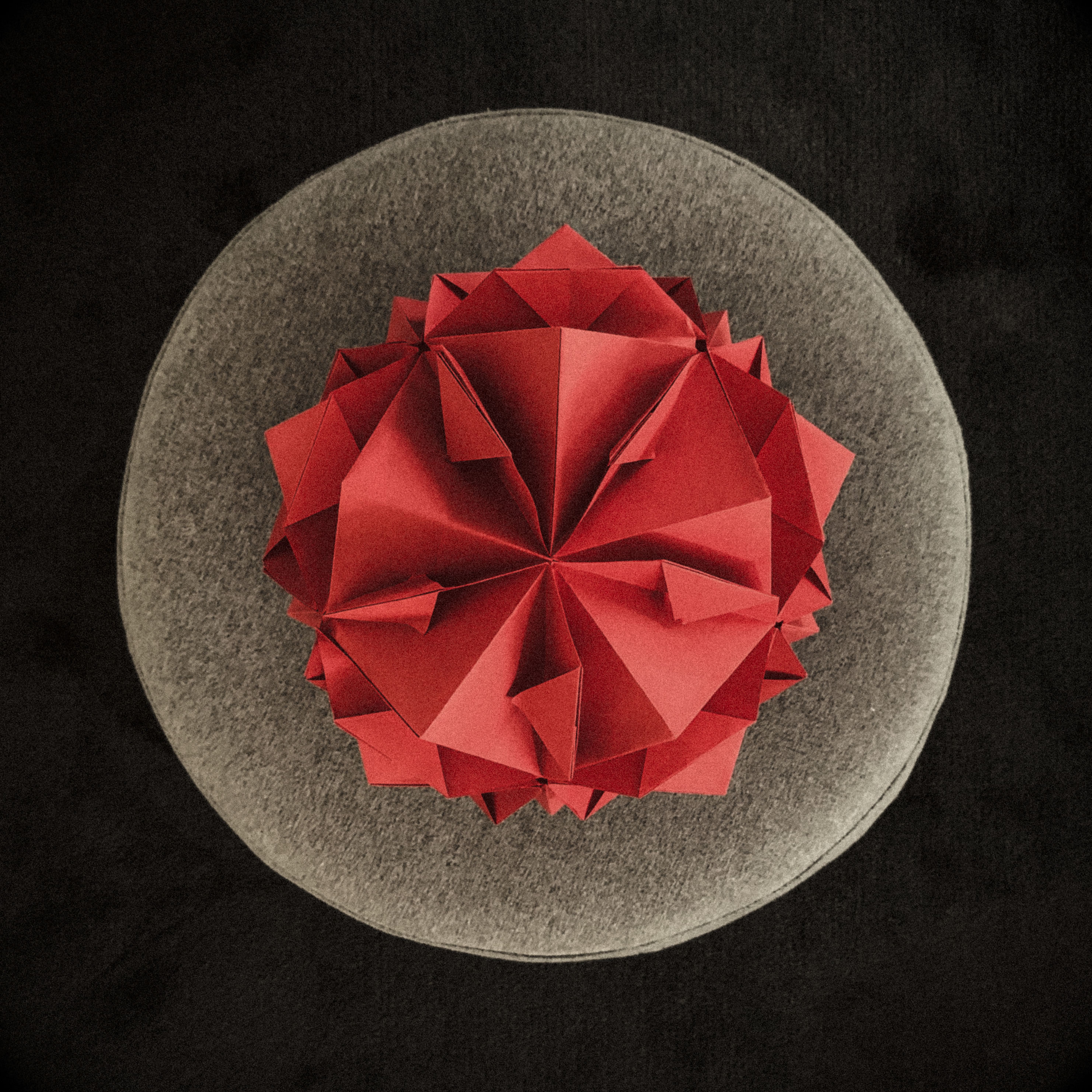
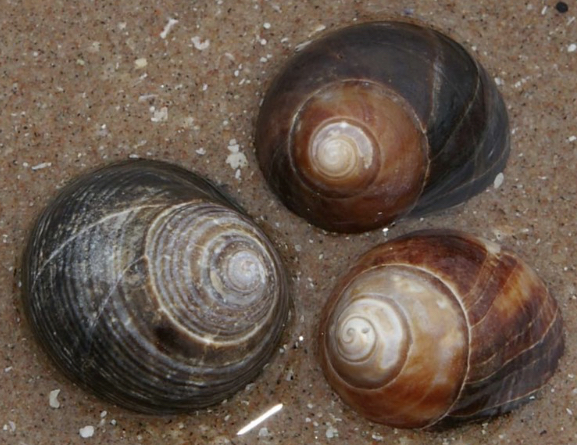


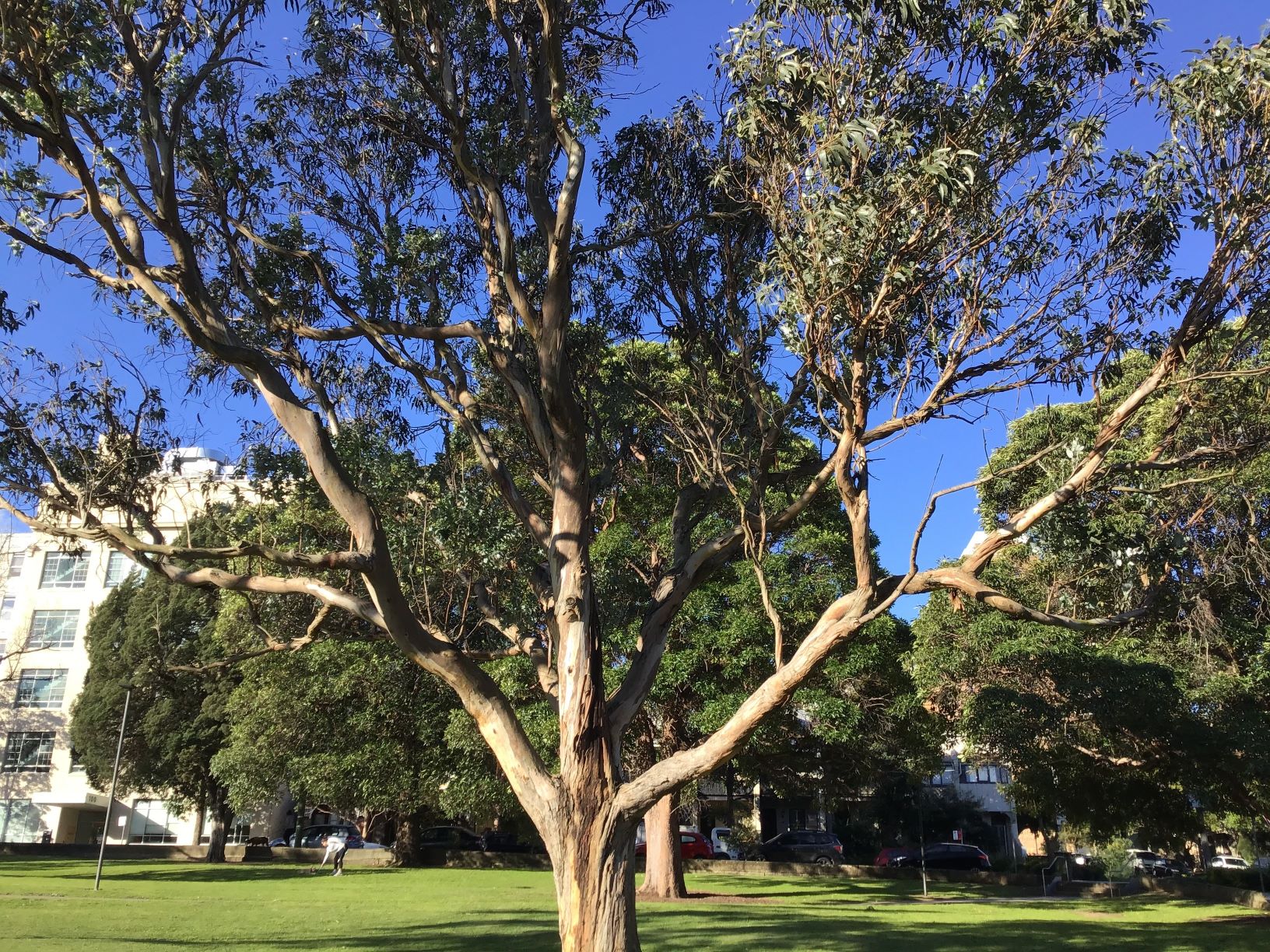




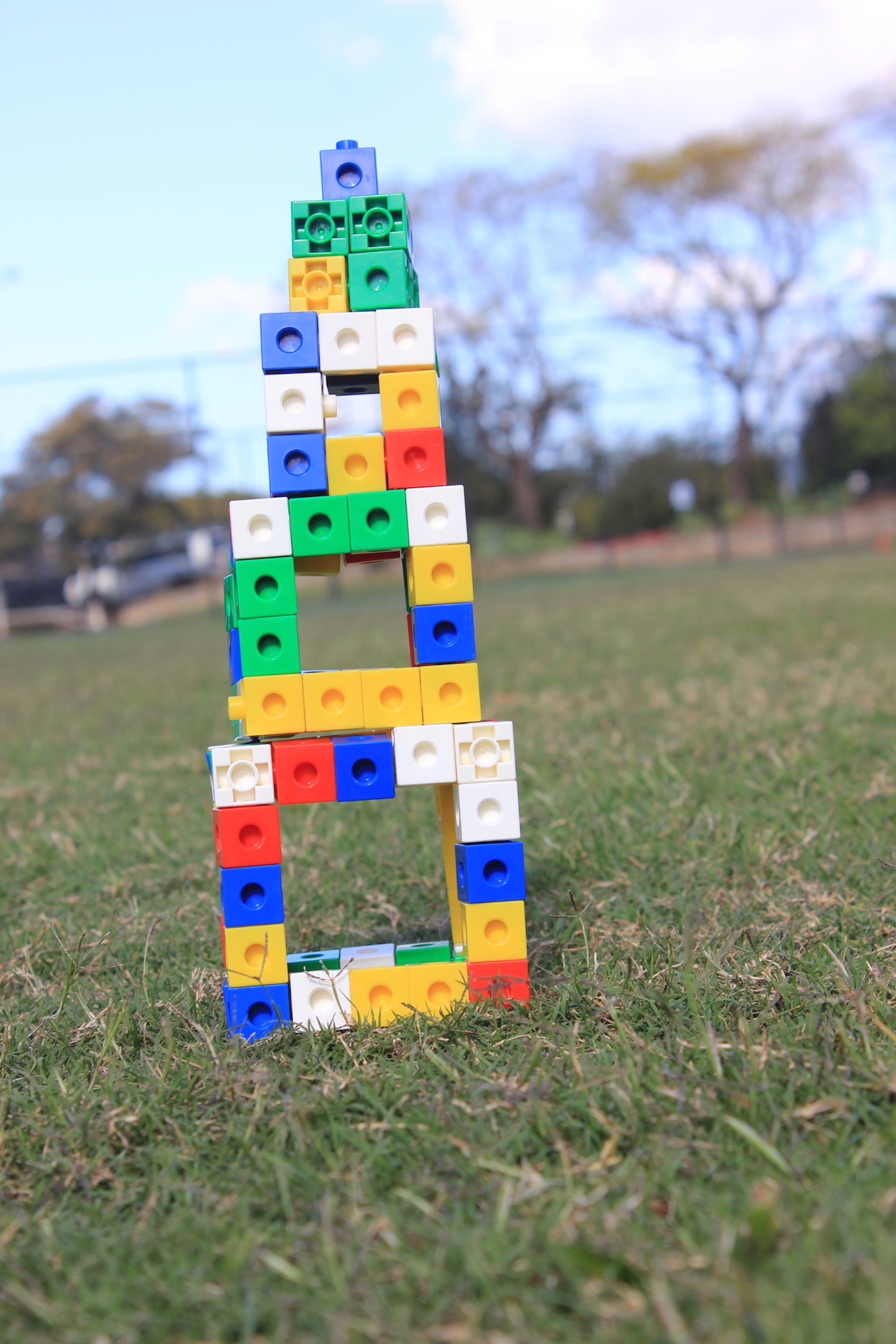
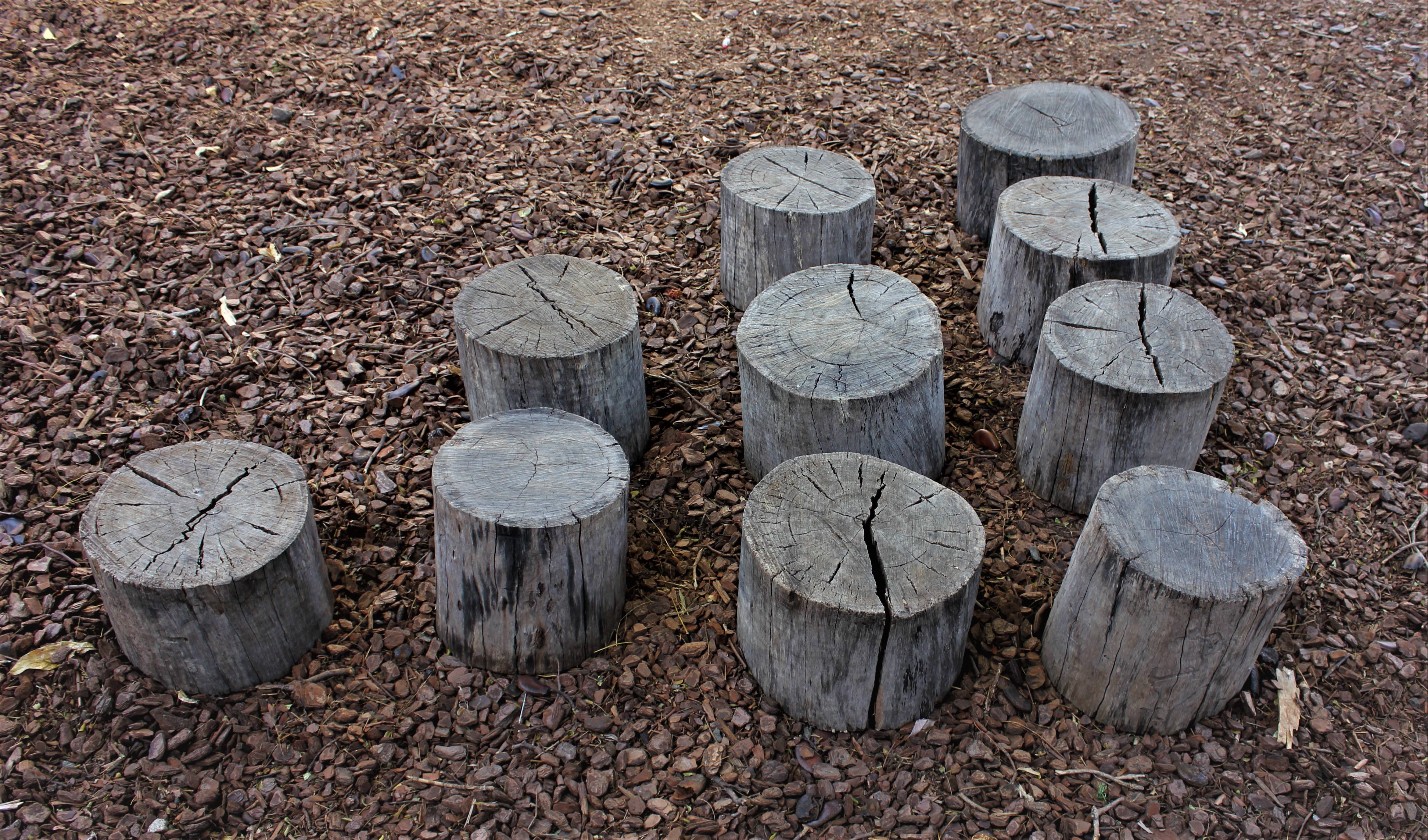
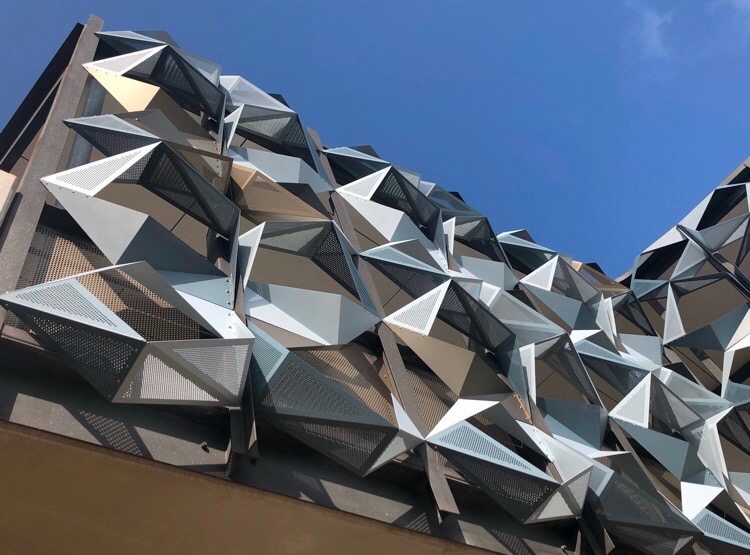
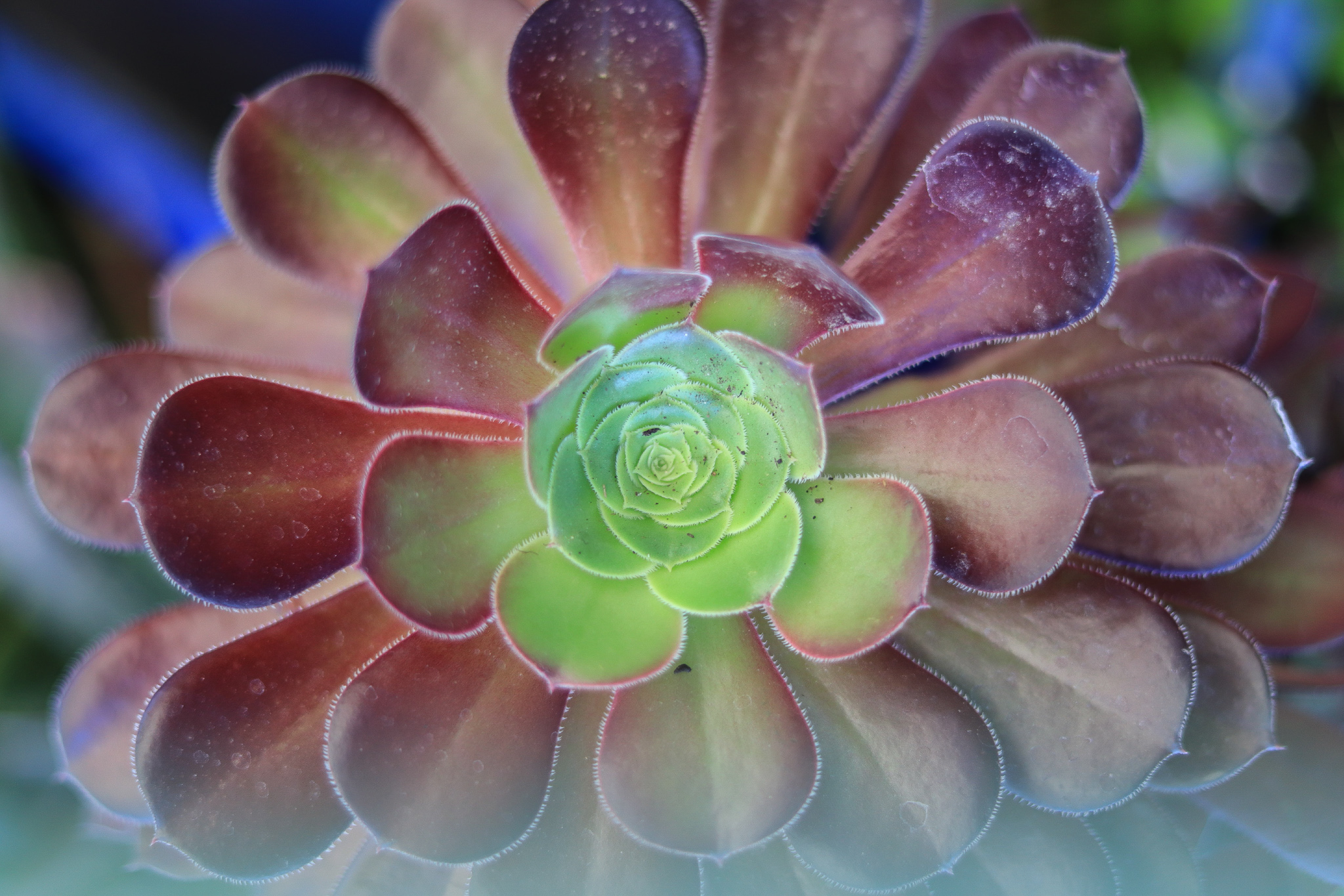
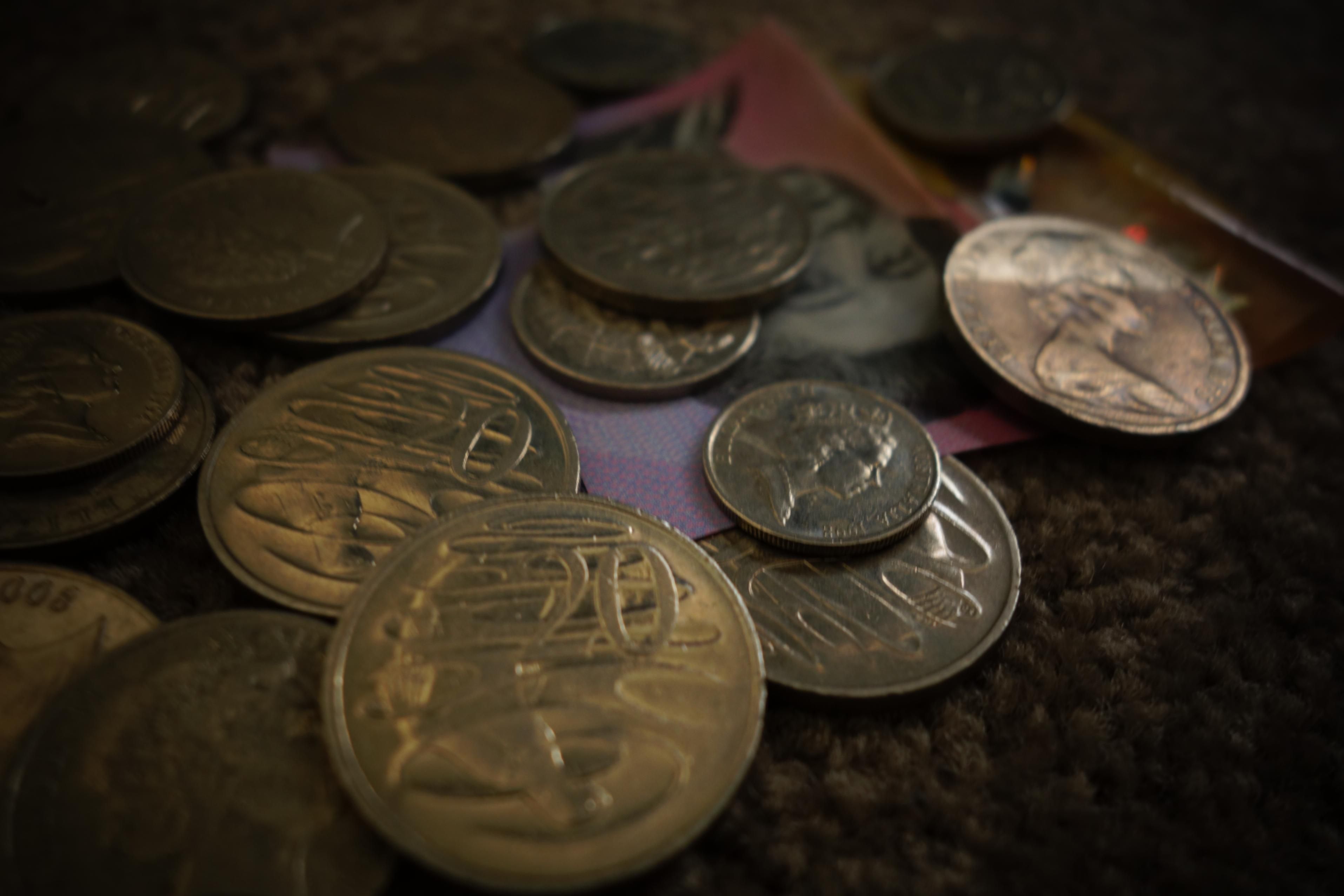
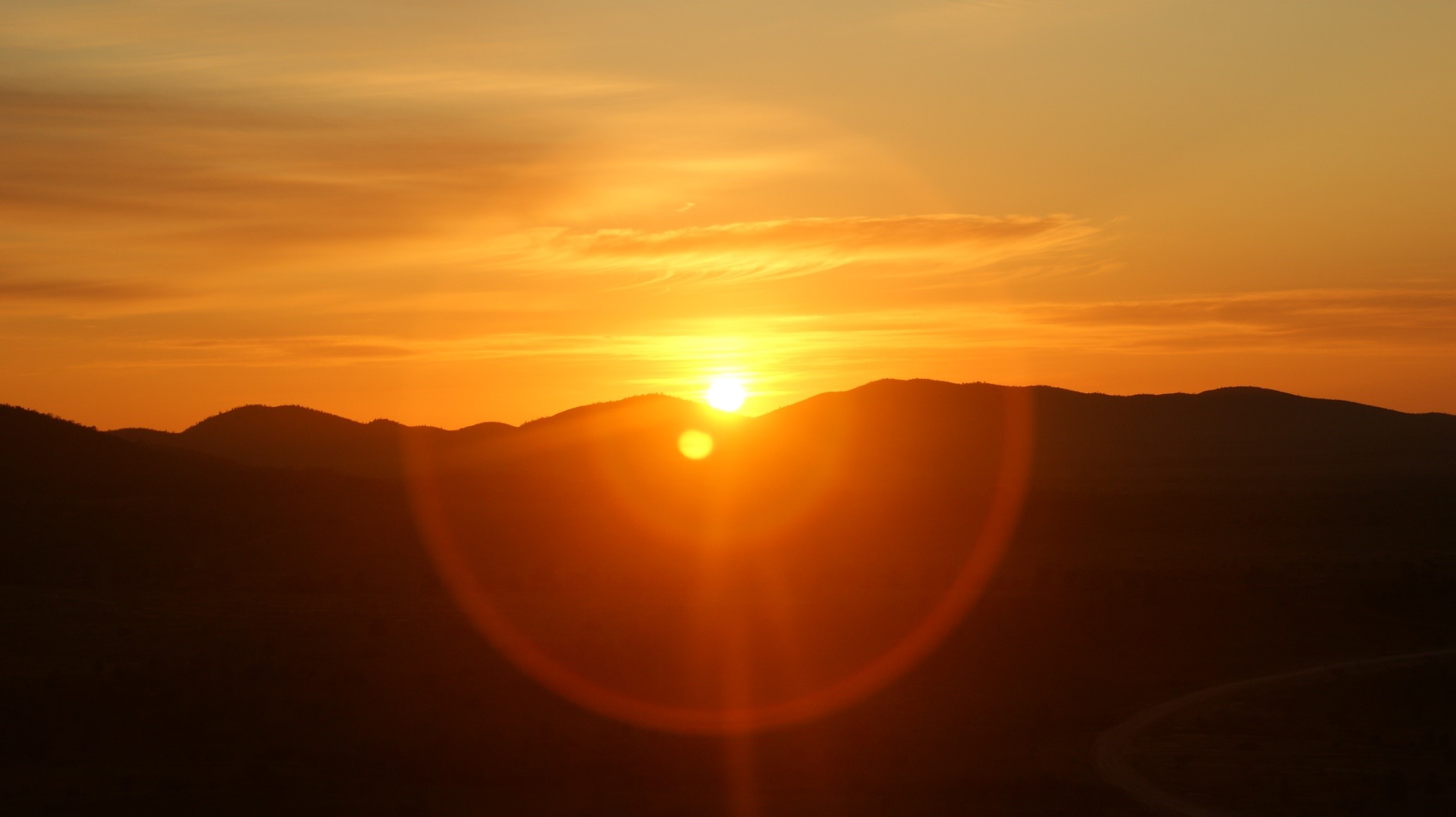

© 2025 Australian Academy of Science